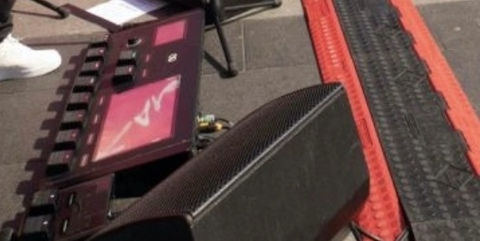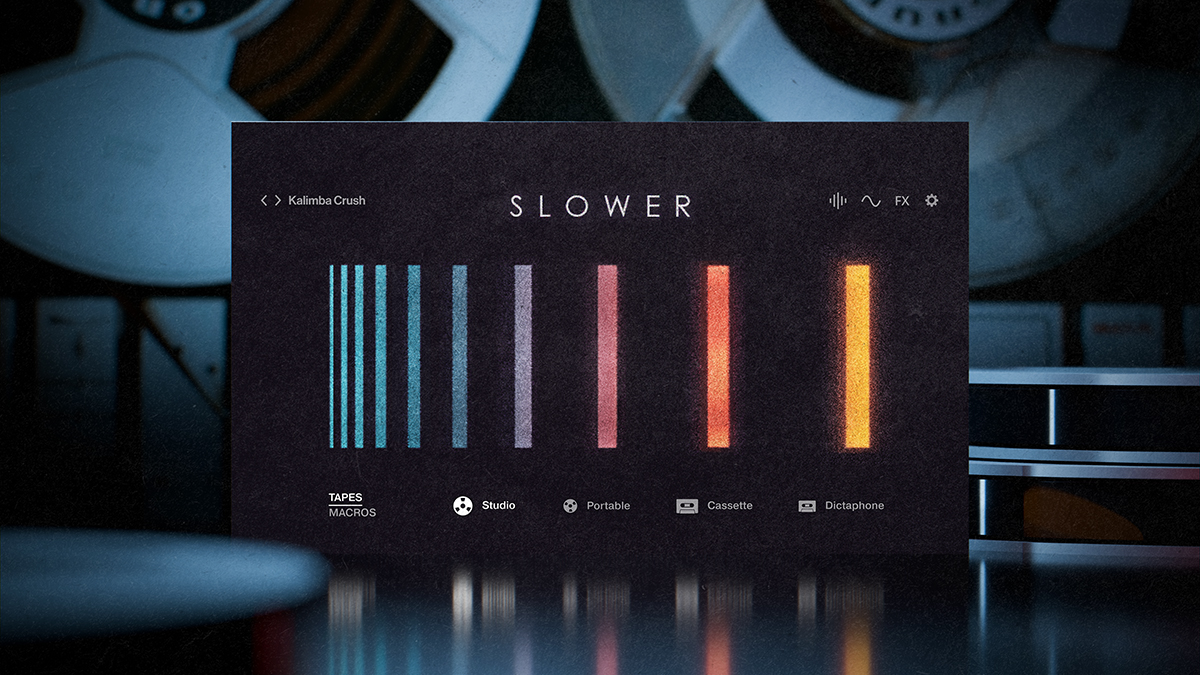MusicRadar Verdict
It's a super choice for high-octane classic rock!
Pros
- +
Excellent improvement to the neck over standard American Vintage spec. Ballsy enough for hard rock.
Cons
- -
Only the railed pickup's appearance – but that's personal.
MusicRadar's got your back

Fender Vintage Hot Rod '57 Stratocaster

GIT290.rev_fender.strat57b_prev.jpg
For some players, anything post 1964 or thereabouts just won't do when it comes to Fender Stratocaster aesthetics. Such enthusiasts absolutely insist on the 'right' body curves, nitro-cellulose lacquer, spaghetti peghead logo, vintage-style vibrato and Klusonesque, slot-head tuners.
And if you want all that from Fender's non-Custom Shop line, your only option is the American Vintage series.
Those guitars have their drawbacks for modern-minded players, however, notably their thin frets, too-curvy-for-big-bends 7.25-inch radius fingerboard, sticky nitro-finished necks and vintage single-coil pickups.
By and large, these were much the same 'problems' afflicting Strats back in the early/mid-1970s, even though the guitar had changed markedly by then from its 1950s forebear.
This drove many players to customise their guitars in line with new playing styles and sounds, and gave rise to a whole heap of aftermarket parts suppliers. It's to this legacy that Fender very gently doffs its cap with these new Vintage Hot Rod Stratocasters.
We're not talking out-and-out Floyd-plus-humbucker monsters like Van Halen's Frankenstein or Steve Vai's Green Meanie. We're not even talking two-pivot vibratos and clever switching aka the American Standards.
So why do we need these? Well, even the hugely popular American Standard Strat is a whole flight of steps too far for dyed-in-the-wool Strat enthusiasts: they don't want two-pivot vibratos, modern tuners, blocky logos, bi-flex truss rods, poly finishes and, heaven forefend, flashy modern colours. So let's keep those 'improvements' super subtle shall we?
Overview
Candy Apple red, sir? With a maple neck, sir? Just pulling the Vintage Hot Rod '57 from its included tweed case attracts oohs and aahs from all and sundry; very few other guitars inspire this kind of instant reaction.
It's a nitrocellulose finish, too, which is the old school, labour-intensive, expensive way of doing things. Cellulose finishes are loved for the way they age (dis)gracefully, hardening and eventually thinning over time to let the guitar breathe - something that's impossible under an impenetrable poly coat, no matter how much you abuse it.
It's also interesting to note that the '57's alder body looks and feels very marginally more lovingly contoured under Fender's 'thin-skin' finish than the '62 model also on test; these bodies do receive a fair degree of hand sanding.
In classic fifties Strat tradition, this guitar has a single-piece maple neck with the requisite walnut skunk stripe on the back. It's the neck that earns the '57 most of its Hot Rod tag, thanks to some welcome changes to the standard American Vintage spec.
Firstly, rather than a thick nitro-cellulose finish all over, the back of the neck has a satin finish which helps reduce friction in your palm (missus). And while we're round there, the characteristic 'V'-profile of a fifties Strat is softened somewhat to hold wider general appeal.
It's a successful tweak, feeling a little more 'played-in' than a standard 'V'-neck. Subtly rolled fingerboard edges also help nicely in the comfort department, though the satin finish is a more qualified success.
There's still some obvious friction compared with more modern finishes; some steel wool and/or a couple years' hard gigging will sort that out.
Crucially, the neck's playing surface is radiused to flatter-than-vintage-spec 9.5 inches, making big bends possible with a low action, aided admirably by 21 well-finished medium jumbo frets.
Coupled with a great set-up straight from the case, it makes the '57 a lovely player; everything this reviewer wants from a vintage-style Strat, but with the subtle playablility tweaks to make it much less of a flght. Body-end truss rod adjustment is a concession most
of us are happy to make for 'correct' aesthetics at the headstock end, topped with a set of chrome Fender/ Gotoh slot-head tuners.
Stylistically, they won't oxidise and tarnish like nickel variants, but functionally they're still the most effective non-locking machineheads available and they're absolutely right on this guitar.
Likewise the vintage-style vibrato; it's not the most efficient wobbler on the planet - though this one works just fine for fairly wide bends - but you can adjust it flat to the body if you so wish, something that's more of a hassle with a fully floating two-pivot bridge.
The '57 Hot Rod has its most obvious electronics tweak in the form of the railed DiMarzio Tone Zone S humbucker at the bridge.
Surely the most common mod to Strats, this kick-in punch and power at the business end - ceramic magnets and 12.39k DC resistance - is what most rockers need. Its partners are a pair of Fender SCN single-coils at the middle and neck positions.
These come standard in American Deluxe series Strats, and use an unusual samarium cobalt material for the magnets.
They're virtually noiseless too, as we shall hear in due course. Usefully, the furthermost tone control is wired to the bridge pickup (unlike vintage-spec Strats) and you of course get the five-way selector for all the standard Stratocaster selections.
Sounds
It's easy to get sucked into the published spec here, but years of playing, modding and eventually ruining all kinds of Strats tells us that a quality, light alder body and a thin nitro-cellulose coat is generally great news for tone.
That's certainly the case here, and the difference in depth and overall quality of the tone is immediately obvious when compared with, say, a Standard (Mexican) Strat.
The '57 Hot Rod exudes a good deal of the typical spank and sparkle you only get with a maple-'board Strat, but in the bridge position that is compromised by the strong mid-range response of the humbucker, meaning that traditional surf-type twang and Hank-isms are best left to the regular American Vintage models.
The upshot, of course, is far more meat with overdriven and distorted tones, enabling you to veer into heavy rock territory with no problems at all.
The physical size of the pickup makes it sound somewhat different from a full-size 'bucker as well, so you still get some of the upper-end 'hair' you'd associate with a standard single-coil, made less obvious by the powerful mids of the humbucking format. You can also knock the tone control back just a touch to darken it further.
The SCN single-coils are among the most characterful noiseless pickups available in our opinion. They're full of classic Stratocaster bounce and life, yet they have remarkably good resistance to hum: two things that rarely make happy bedfellows.
Guitarist is the longest established UK guitar magazine, offering gear reviews, artist interviews, techniques lessons and loads more, in print, on tablet and on smartphones Digital: http://bit.ly/GuitaristiOS If you love guitars, you'll love Guitarist. Find us in print, on Newsstand for iPad, iPhone and other digital readers

Is this our first sighting of Ed Sheeran's top-secret new Looper X, as he continues his global busking jaunt?

e-instruments’ Slower is the laidback software instrument that could put your music on the fast track to success

“I like guitars that don’t just appeal to metal players”: Jackson and Bring Me The Horizon’s Lee Malia team up for the Pro Series LM-87, a shreddable Surfcaster-style electric with a humbucker/P-90 pairing










